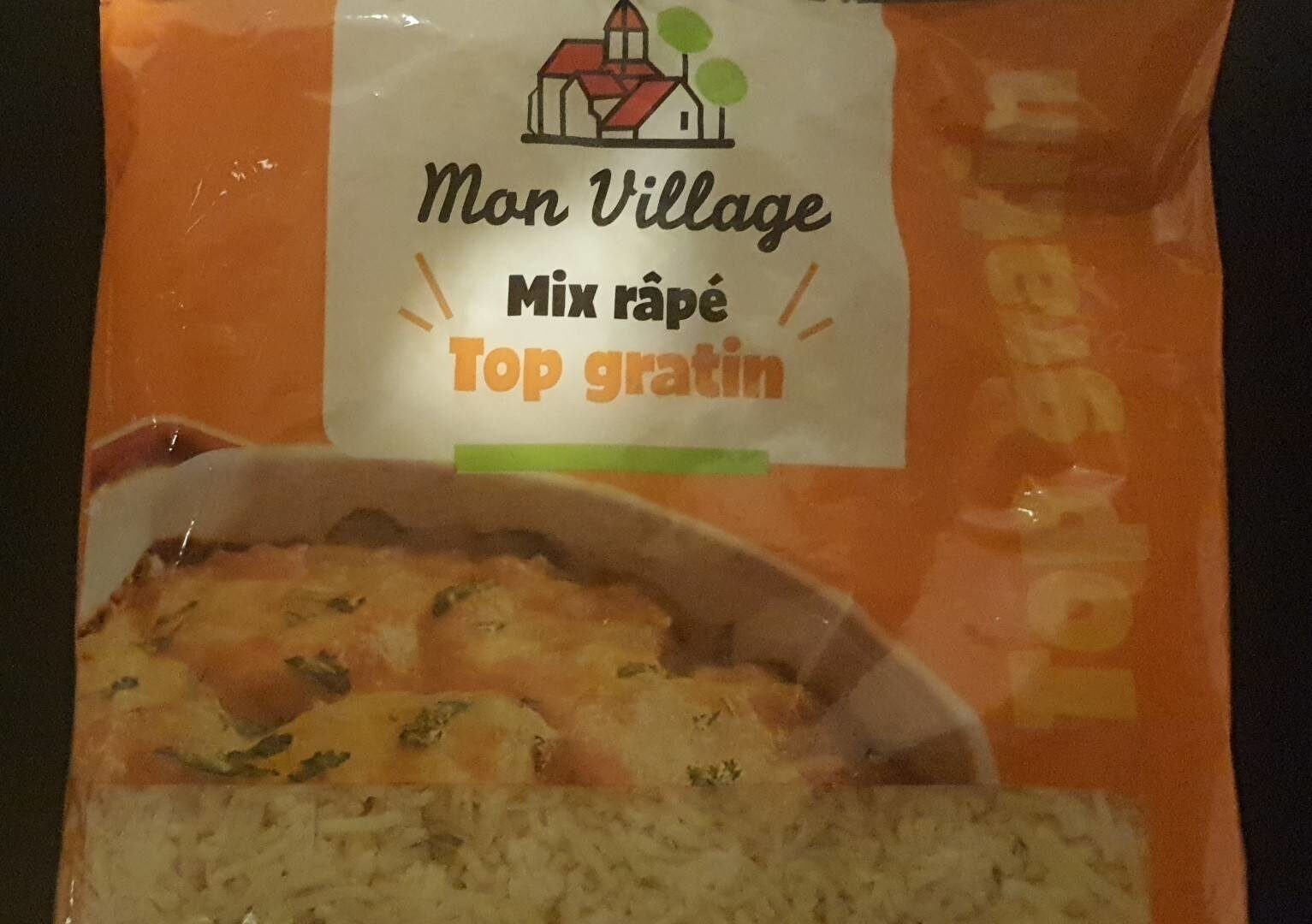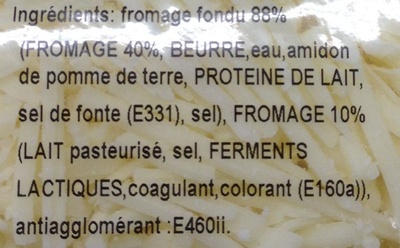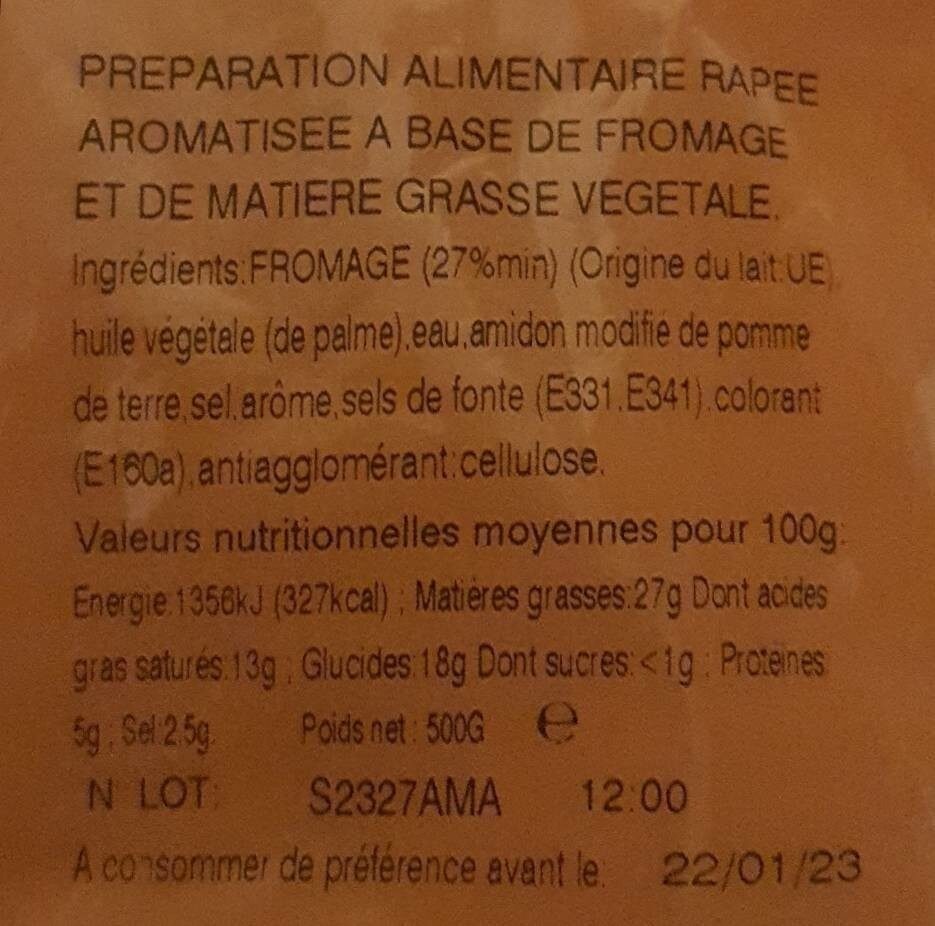Top gratin - Les Fromagers de Saint-Omer - 500 g
This product page is not complete. You can help to complete it by editing it and adding more data from the photos we have, or by taking more photos using the app for Android or iPhone/iPad. Thank you!
×
Some of the data for this product has been provided directly by the manufacturer Carrefour.
Barcode: 3330410002156 (EAN / EAN-13)
Common name: Mélange râpé à base de fromage fondu et de fromage
Quantity: 500 g
Brands: Les Fromagers de Saint-Omer
Categories: Dairies, Fermented foods, Fermented milk products, Cheeses
Labels, certifications, awards:
Green Dot
Traceability code: FR 62.205.003 CE - Campagne-lès-Wardrecques (Pas-de-Calais, France)
Stores: Carrefour market
Countries where sold: France
Matching with your preferences
Environment
Carbon footprint
Packaging
Transportation
Report a problem
Data sources
Product added on by openfoodfacts-contributors
Last edit of product page on by spotter.
Product page also edited by jeanbono, kiliweb, org-carrefour, packbot, roboto-app, teolemon, yuka.sY2b0xO6T85zoF3NwEKvll5ed-OArW_DbhLjuhKp3emjcrzCOtBcwo7BGqs.








